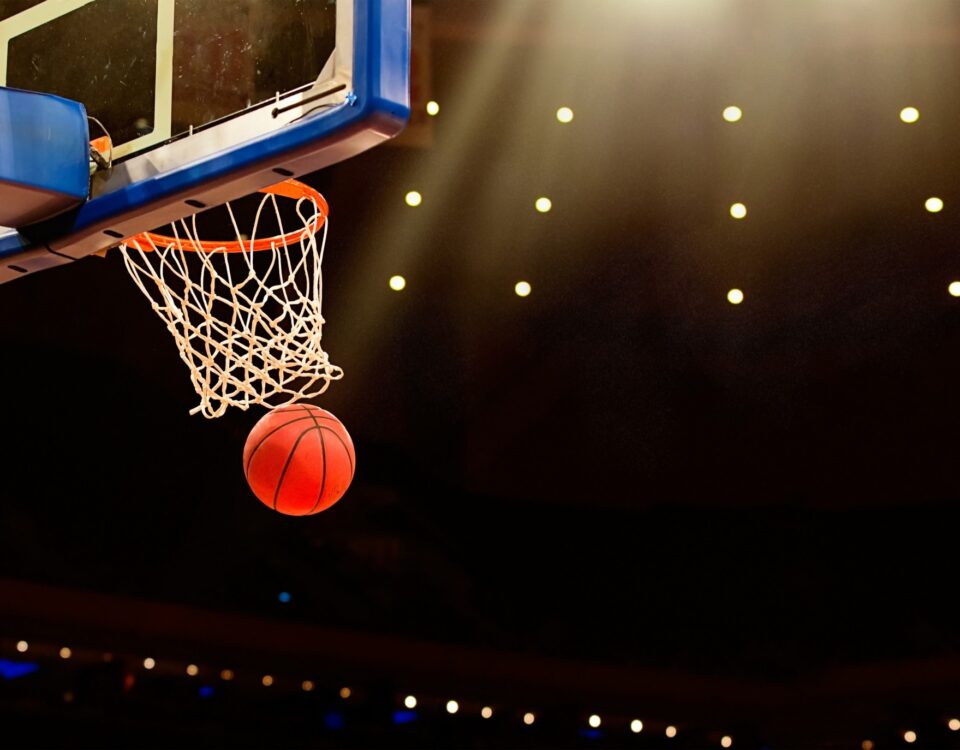
The Invisible Benefits of Immigration
October 13, 2025
Why We Buy-Now-Pay-Later
October 15, 2025Guest Blog from Ava Finkel
Major League Baseball is hanging on by a thread.
Its slow pace and lengthy game time mean that viewers tend to have baseball on in the background of their day, as opposed to focusing their attention on the game. Because of this, high-action sports like football and basketball, whose primetime games draw massive anticipation and large audiences, often take the spotlight away from baseball on both TV and social media. As a fan of all three sports, I’ve noticed a significant difference between how baseball season is hyped up in comparison to that of football and basketball. For example, fans are less inclined to set aside hours of their day to enjoy a game of baseball than to spend over 10 hours on Sunday just watching football.
This challenge has caused MLB to embark on a rescue mission.
Beginning in 2026, companies such Netflix, Prime Video, NBC, and Peacock will all stream MLB games throughout the season. Aiming to redirect viewers from cable TV, they also will be able to gather more detailed viewership data, leading to improved targeted advertising and personalizing fan experiences. In addition, the league has pursued many different financial strategies such as the introduction of international games, premium ticket packages, merchandise collaborations, and sponsorship deals.
It’s clear that Major League Baseball’s survival depends on its ability to adapt. By switching to streaming and reinventing its fan experience, Major League Baseball is not just chasing profit, it’s engaged in an intense battle to reclaim its spot in American culture.
Like the businesses that compose our economy, MLB is learning to compete.
![econlifelogotrademarkedwebsitelogo[1]](/wp-content/uploads/2024/05/econlifelogotrademarkedwebsitelogo1.png#100878)




